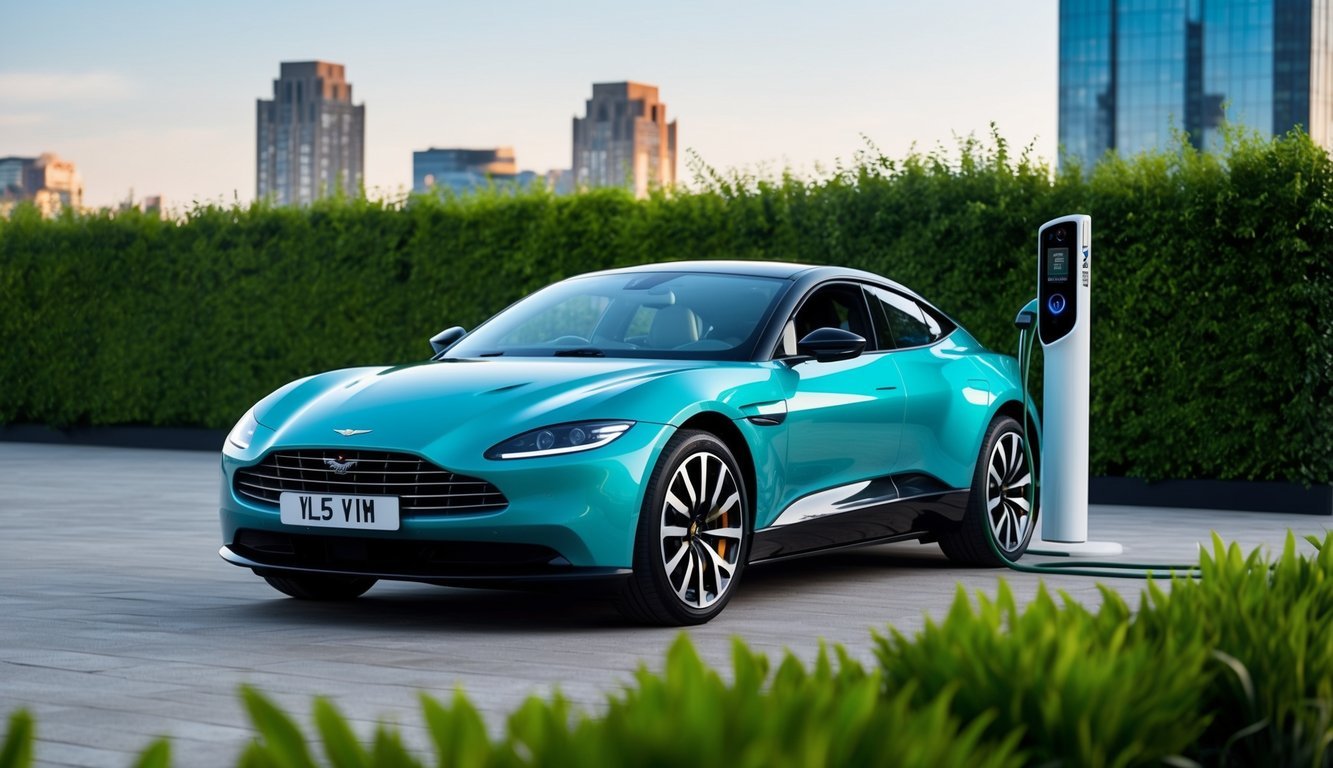Aston Martin is gearing up for an exciting transformation, as new CEO Adrian Hallmark unveils plans to broaden the brand’s hybrid vehicle range and diversify its offerings in the coming years.
This initiative includes the introduction of their inaugural electric vehicle by the end of the decade, marking a significant shift toward sustainable practices.
Strategic Vision for Growth
Since he stepped into the CEO position in September of last year, Hallmark has been focused on outlining a strategic vision that aims to secure the brand’s success over the next decade.
He sees Aston Martin as a remarkable brand poised for growth, backed by passionate shareholders and promising investments for the future.
The possibility of an unprecedented product lineup also attracted him to the role.
Hallmark points out the rise in luxury car ownership in recent years, which has opened new market opportunities for Aston Martin.
He stressed that while generating excitement is essential, sustainable growth stems from consistent long-term planning rather than frequent changes.
Leadership and Market Position
Having led Bentley since 2018, Hallmark has a deep appreciation for that brand but felt compelled to seize the unique opportunities at Aston Martin.
He aims to be the first leader in over a century to steer the company toward lasting profitability, a challenge that he finds incredibly appealing given the brand’s potential.
In conversations with a select group of journalists, Hallmark shared his optimism about reaching these lofty goals.
Drawing from his experiences at Bentley and insights from various high-end automotive brands, he has crafted a strategic approach.
The luxury auto market has undergone a dramatic evolution over the past fifteen years, with an explosion in the number of affluent buyers that present significant prospects for Aston Martin.
Hallmark commended the bold product strategy and substantial investment introduced under the leadership of Lawrence Stroll, noting the impressive range of new models rolled out in just 18 months.
Despite encountering some obstacles during vehicle launches, he highlighted the company’s sincere commitment to enhancing the brand’s appeal and performance.
Focus on Profitability and Innovation
Following a wave of significant product releases, including the DB12, Vantage, and Vanquish, Hallmark acknowledged that challenges are part of any launch cycle.
He indicated that the introduction of new model lines may be delayed until after 2030, with a more immediate focus on optimizing the capabilities of existing models.
Aware that a limited variety of models may lead current customers to explore options from rival brands, Hallmark drew a comparison to Porsche, which offers various iterations of the 911.
This strategy keeps customers engaged and eager for new releases.
In the luxury market, where the two-year ownership cycle is prevalent, continuous innovation is crucial, according to Hallmark.
He believes Aston Martin needs to enhance its product offerings more frequently to stay competitive and meet customer expectations.
While the company has made strides in the mid-engine supercar realm with models like the Valkyrie and the forthcoming Valhalla, Hallmark emphasized the necessity of developing exclusive, low-volume vehicles without overextending the brand in the marketplace.
Even with the initial struggles of the DBX SUV’s sales, Hallmark maintains a positive outlook for its future, pointing to valuable market trends that indicate a sustained demand for luxury SUVs.
Shifting the company’s focus, Hallmark expressed a commitment to increasing profitability instead of simply ramping up production volumes.
By refining margins, adjusting output, and optimizing cost structures, he aims to secure a sustainable future for Aston Martin within the competitive luxury automotive sector.
With this new vision, he is set to drive Aston Martin into a promising era brimming with innovation, profitability, and growth.


